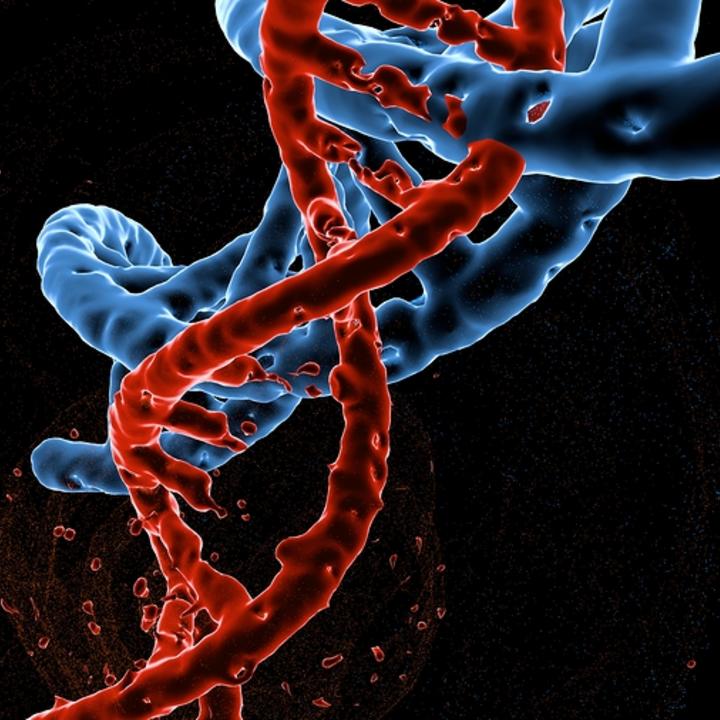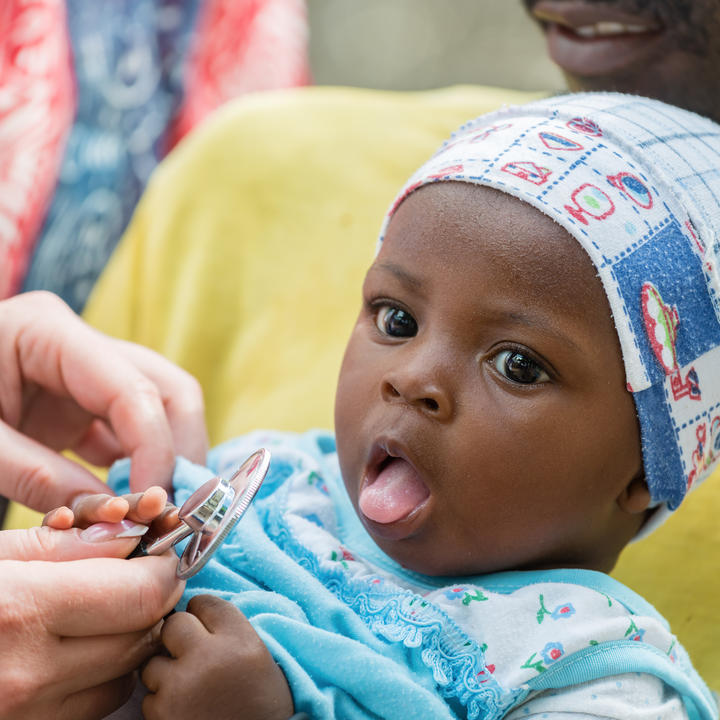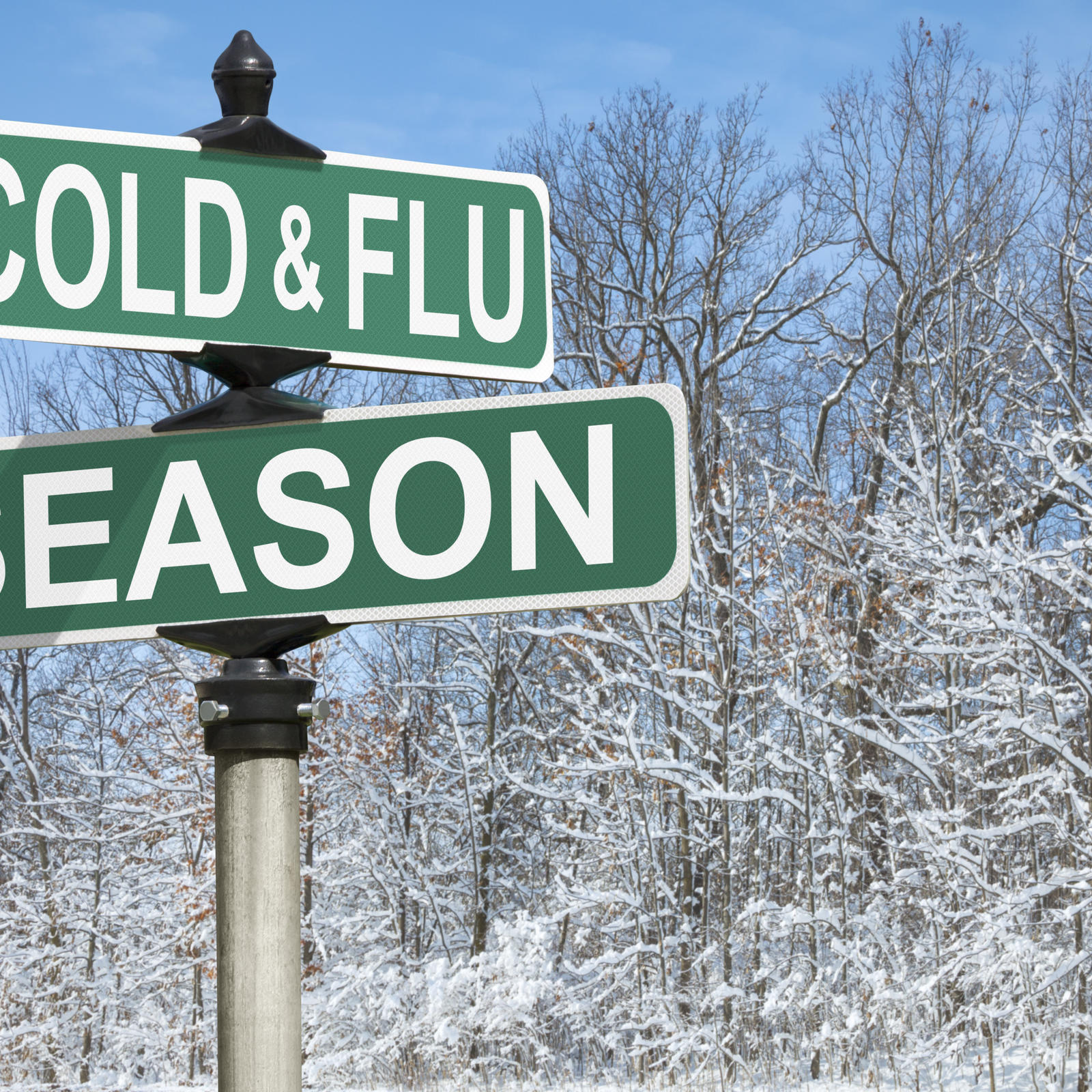Network Systems Science and Advanced Computing
Projects
All Projects
This project has led to the development of a broad class of highly scalable libraries for problems in multiple areas, including network science, computer vision, bioinformatics and climate science. Team members have contributed by developing scalable algorithms for network generation and subgraph detection, which have been applied to problems in public health.
This Expeditions project will enable novel implementations of global infectious disease computational epidemiology by advancing computational foundations, engineering principles, theoretical understanding, and novel technologies.
Genomic and Proteomic Architecture of Atherosclerosis (GPAA) is a collaborative project which aims to comprehensively study the genomic and proteomic architecture of atherosclerosis and identify genes/proteins that are associated with the development of atherosclerosis. This work will provide novel insights into the pathogenesis of atherosclerosis and facilitate development of reliable methods for diagnostics and targeted therapeutic interventions.
This project incorporates social behavior into mathematical models of infectious disease transmission dynamics to help improve our understanding of the impact of different control and prevention strategies for pandemics and epidemics.
Timely forecasts and expert-guided scenario projections for infectious diseases are key to evidence-based decision-making and risk communication. The United States Centers for Disease Control and Prevention (CDC) has coordinated epidemic forecasting exercises through its Epidemic Prediction Initiative (EPI) since 2013-14. Such collaborative efforts have been critical for the COVID-19 response in the United States (US) and Europe.
Inequities in health and economic outcomes have been widely observed during the COVID-19 pandemic. Our central hypothesis is that individuals' strategic reactions to governmental interventions play an important role in these inequities. We will help understand these inequities through the: (1) Development of game-theoretical models to understand individuals' behaviors during the epidemic, and (2) Characterization of inequities in the resulting equilibria.
There are two major thrusts for this on-going project. The first is to build an agent-based model to quantify the effects of different factors on the evacuation decision-making process. The second thrust is to identify and evaluate mechanisms for citizens to share resources during, and in the immediate aftermath of, a hurricane.
The primary objective of this proposal is to develop models to understand the spread of multi-drug resistant organisms (MDROs) in hospital, and community settings and design interventions to reduce transmission.
We envision a long-term symbiotic partnership between AI, Ag, and human systems to produce sustained agricultural productivity to meet future food demands.
We are helping to create a system to rapidly detect bacteria that are potential pathogens in our environment. The goal of iSENTRY is to bring about a revolutionary advance in the science, devices, and systems needed for the isolation and characterization of known and potentially unknown or unculturable bacterial pathogens.











